‘Shigitatsu Sawara’ Japanese Maple
Acer palmatum ‘Shigitatsu sawa”
Plant Details
USDA Plant Hardiness Zones: 5a-9b Find Your Zone
Height at Maturity: 10-15′
Width at Maturity: 10-12′
Growth Habit / Form: Upright
Growth Rate: Slow, 6 to 12 inches added per year
Foliage Color in Spring: Cream with Deep Green veins
Foliage Color in Summer: Green shades
Foliage Color in Fall: Orange and Red shades
Light Needs: Warm Climates: Morning Sun with Dappled or Afternoon Shade, Mostly Shade | Cool Climates: Mostly Sun to Mostly Shade
Water Needs: Average, moderately drought tolerant when established
Soil Type: Sandy, Loam, Clay (Condition heavy clay soils)
Drainage: Moist But Well Drained; does not like constantly wet feet!
Soil pH: 5.0 – 7.0 is ideal
Maintenance: Low
Resistances: Deer, Heat Tolerant, Insect, Disease, Sun Tolerant
Description
A showpiece in spring, the ‘Shigitatsu Sawa’ is a rare and beautiful Japanese Maple featuring near-white reticulated leaves with dark green veins that will light up the garden. By summer the leaves have turned solid medium to light green with dark veins and finally to shades of yellow, orange and red with the arrival of cooler temperatures in fall. It prefers afternoon shade in warmer climates but will grow in more sun in cooler climates where the leaves will take on a pink to reddish cast in spring. All grown up, Shigitatsu Sawa might reach 15 feet tall by 12 feet wide making it a fine choice for a focal point specimen in the landscape.
In case you wonder, Shigitatsu Sawa translates to “wading bird flying up from a swamp”.
Landscape & Garden Uses
To showcase its magnificence and beauty, the Shigitatsu Sawa Japanese Maple is best used in the landscape as a focal point specimen to draw attention to a specific area of the home or landscape. That said, you can plant them in groupings of three or plant one on both sides of an entryway to accentuate the entrance.
Suggested Spacing: At least 14 feet apart for space between trees
Note: One Japanese Maple can make a landscape…that is, if you don’t overcrowd it with other trees and plants. Therefore, when selecting companions to plant under or around your Japanese Maple, make sure to select low-growing shrubs or groundcovers that won’t interfere at all with your tree.
Growing Preferences
Though delicate looking, Japanese Maples are actually very tough and long-lived trees. They are very easy to grow. Container culture can extend their useful range. They are extremely easy to grow in containers, a practice taken to its most extreme form in the art of bonsai. How to Plant A Japanese Maple Tree In A Pot
In their natural habitat, Japanese Maples are understory trees, growing in dappled forest sunlight at the edges of woodlands. Ideally Shigitatsu Sawa Japanese Maple prefers to be grown in similar conditions. Avoid direct afternoon sun on this variety.
Most any average garden soil will grow Japanese Maples. They prefer a moist but well-drained soil rich in organic matter. As with so many other ornamental plants and trees, constantly soggy or wet soil can be problematic. So make sure to plant your Japanese Maple in a well-drained site.
Helpful Articles
Click on a link below to get helpful advice from our experts on how to plant and care for Japanese Maple trees.
How To Plant A Japanese Maple Tree In The Ground
How to Plant A Japanese Maple Tree In A Pot
How To Fertilize And Water A Japanese Maple Tree
How To Prune A Japanese Maple
Plant Long & Prosper!
Meet The Wilson Brothers & Staff
Questions? Contact Us!
Be the first to review “Shigitatsu Sawa Japanese Maple – 5 Gallon Pot” Cancel reply
Related products
Sale!
Sale!
Sale!
Sale!
Sale!
Sale!
Sale!
Fast Growing Trees
Sale!

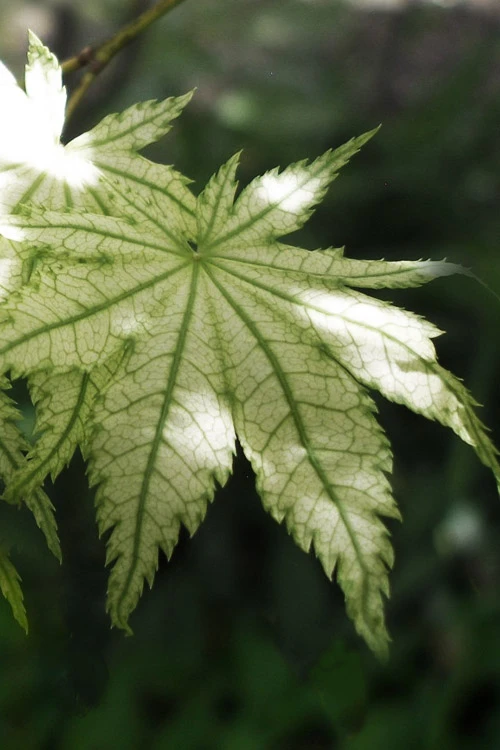

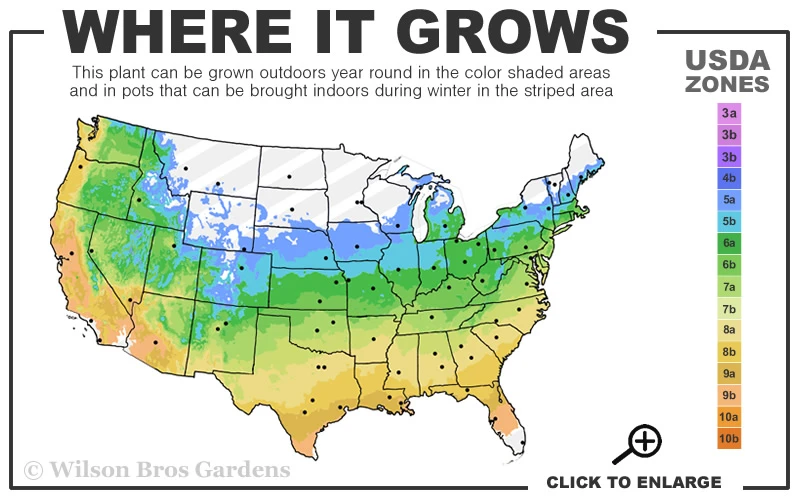



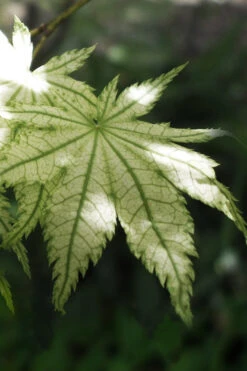
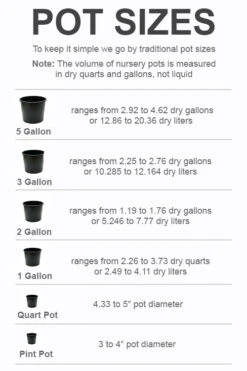
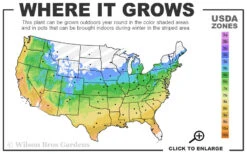


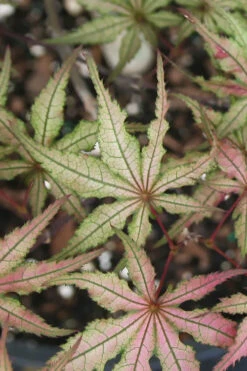


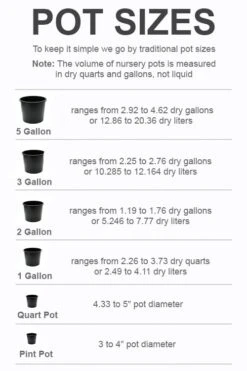
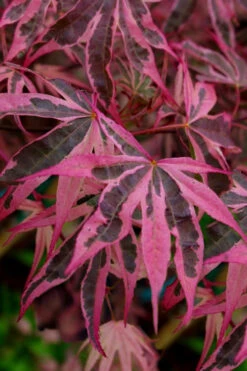
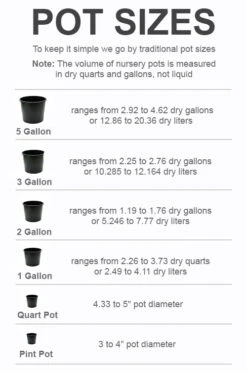
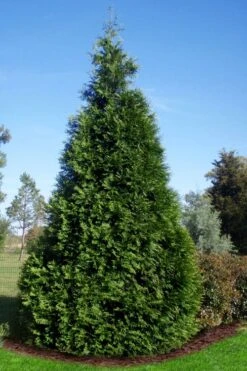
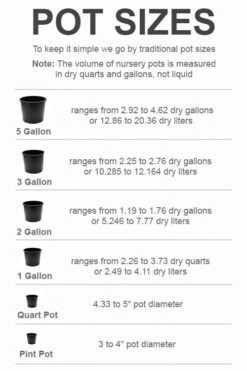
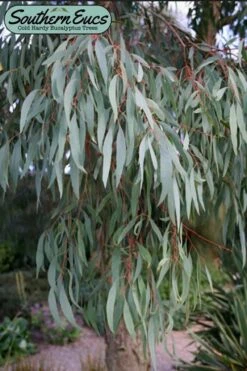
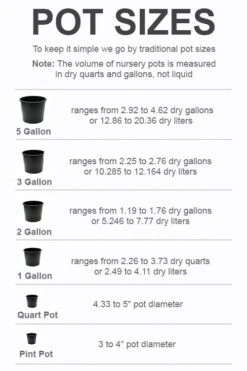
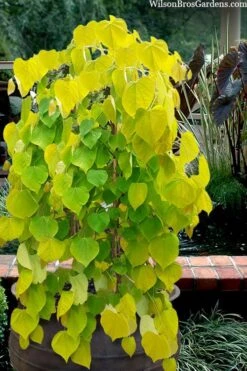
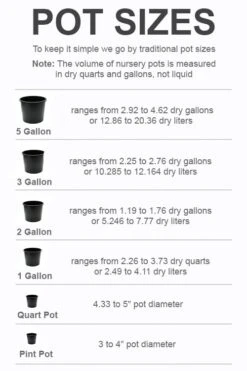


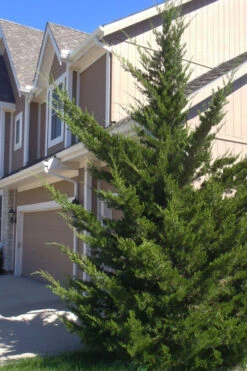
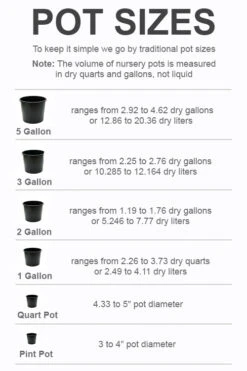

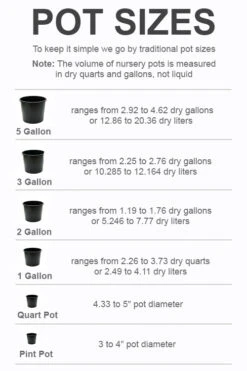
Reviews
There are no reviews yet.